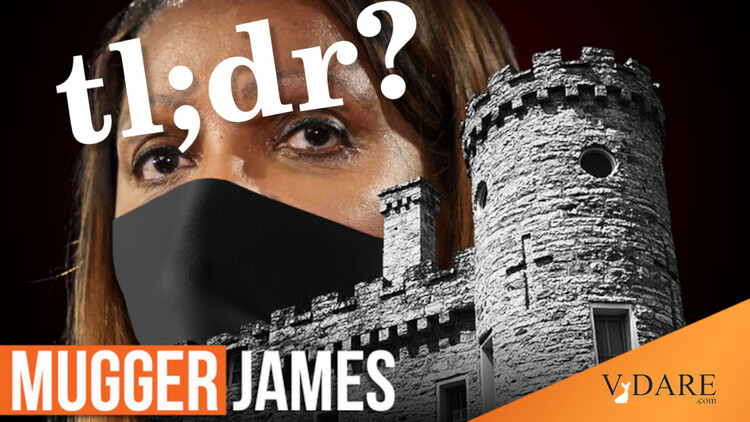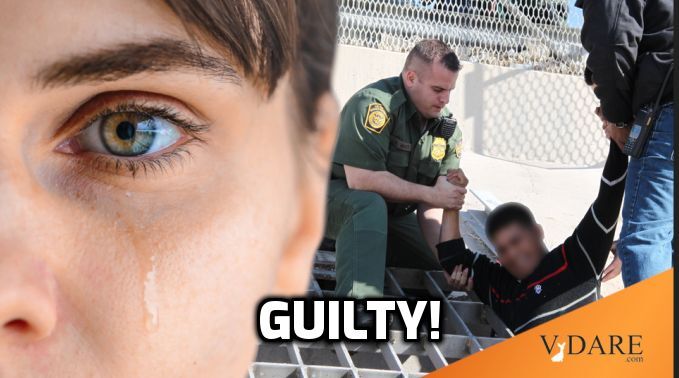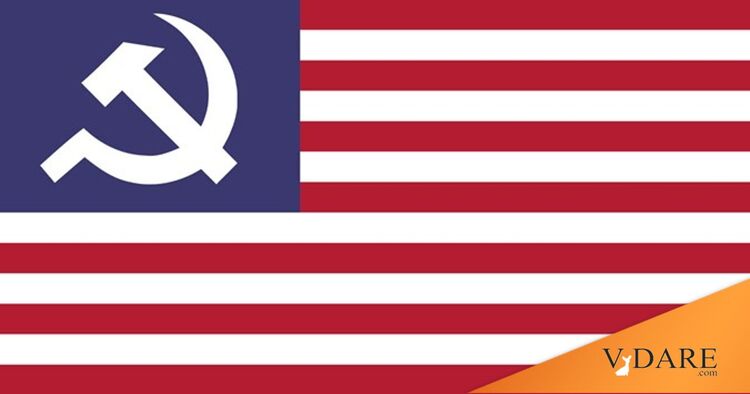From the New York Times news section:
In Minneapolis Schools, White Families Are Asked to Help Do the Integrating
In a citywide overhaul, a beloved Black high school was rezoned to include white students from a richer neighborhood. It has been hard for everyone.
As part of the changes, North Community High was rezoned. Citywide, about 33 percent of public school students were assigned new schools this year.
By Sarah Mervosh
Nov. 27, 2021MINNEAPOLIS — When Mauri Friestleben learned that Minneapolis was rolling out a new school integration plan — and that the school she led, a predominantly Black, low-income high school, would soon include white students from some of the wealthiest neighborhoods in town — she looked around and proudly considered all that her school had to offer.
The hallways at North Community High are a tapestry of blue and white, the school colors, and the mascot, a polar bear, seems to roar around every corner. The curriculum had been updated to expand access to advanced placement courses: U.S. history, physics, art and design. The school had a new athletic field, and on the first floor, a radio studio.
But in some phone conversations with potential new families, Ms. Friestleben, the principal, sensed deep skepticism.
Parents peppered her with questions. Exactly how many A.P. courses did her school offer? Was Spanish the only language option? Would their children be safe walking from the bus? Some even wondered how she had gotten their number and asked her not to call again.
Ms. Friestleben, a mixed-race woman who identifies as Black, knew that her school had its challenges, including a history of struggling enrollment and low test scores. But she was working hard to serve the needs of her students and had little interest in adjusting her focus to woo white families.
“At times,” she said, “it was demeaning and humiliating.”
Minneapolis, among the most segregated school districts in the country, with one of the widest racial academic gaps, is in the midst of a sweeping plan to overhaul and integrate its schools. And unlike previous desegregation efforts, which typically required children of color to travel to white schools, Minneapolis officials are asking white families to help do the integrating — a newer approach being embraced by a small group of urban districts across the country.
That worked out great in the Los Angeles Unified School District in the late 1970s, when they not only bused blacks like Ice Cube to the San Fernando Valley, but they also took huge numbers of Jewish public school students in the San Fernando Valley and bused them to South-Central.
Within a few years, LAUSD’s hundred thousand or so high-scoring Jewish students were mostly gone with the wind, to newly started Jewish private schools, to Calabasas and Agoura Hills in the exurbs, even to Portland eventually. LAUSD has never recovered.
But who can remember what happened four decades ago in an obscure corner of the U.S. that’s never ever on TV?
The changes included redrawing school zones, including for North. “This plan is saying, everyone is going to be equally inconvenienced because we need to collectively address the underachievement of our students of color,” Mr. Moore added.
Research shows that de facto school segregation is one major reason that America’s education system is so unequal
As long as you define “segregation” as meaning “black students,” as in: this school is 50% segregated (i.e., it’s half black and half white) and that’s why it has lower test scores than this school that is only 10% segregated (i.e., only 10% white).
, and that racially and socioeconomically diverse schools can benefit all students.
But in the human interest anecdote at the beginning of the article, the principal of the mostly black school thinks she can do a better job educating blacks by concentrating on their needs and not wasting resources on white kids’ needs like more Advanced Placement tests?
My guess is that blacks are probably best off around fewer other blacks, but I’ve never seen this crucial question honestly studied. For example, where’s the tipping point? 10% black? 20% black?
But decades after Brown v. Board of Education, the dream of integration has remained just that — a dream.
Today, two in five Black and Latino students in the United States attend schools where more than 90 percent of students are children of color, while one in five white students goes to a school where more than 90 percent of students look like them, according to the Century Foundation, a progressive think tank.
How dare all those white kids in the Dakotas go to school with other white kids? Something must be done.
It’s almost as if there used to be more white students to integrate the nonwhite students in with them.
If there is anywhere white families might embrace an integration plan, a likely candidate would be Minneapolis, which became the epicenter of the nation’s reckoning with racism after George Floyd’s murder last year. The city is 60 percent white and a bastion of liberalism, with a voting population that supported President Biden by 80 percentage points or more in some areas. In majority white neighborhoods, where homes can sell for $500,000 to $1 million, lawn signs proclaim “Black Lives Matter” and “All Are Welcome Here.”
But an up close look at one school, North High, and the cross section of families who traverse the new attendance zone, shows the complicated realities of school integration, even in a city with the political willpower to make it happen.
For students, parents and educators, the push to integrate was not just a policy decision, but a deeply personal challenge: What would white families do, when forced to wrestle with their own progressive values? Would the plan bring positive changes for Black families at North High, or as some feared, would they lose claim over the school that they loved?
What does the promise of school integration look like today?
Since arriving at North High in 2019, Ms. Friestleben had not thought much about integration.
Her philosophy was grounded in affirming the students who already walked her halls: children from mostly low-income and working-class backgrounds; about 90 percent Black and nearly 100 percent students of color.
“I make a commitment that every child that walks into any doors that I’m leading, that they will feel like royalty,” said Ms. Friestleben, who personally greets students at the doors each morning.
After all, what do blacks need more than having their already stratospheric self-esteem boosted even higher? Discipline? Challenges? That sounds pretty racist to me.
At 8:30 a.m., she delivers announcements, reminding students that they are brave, beautiful, strong and loved.
“As a society,” she added, “we have subconsciously rolled the red carpet out for white children for generations upon generations. So it’s my challenge and my honor to do that for Black children, to give Black children the same experience of, ‘you are the center of my world.’”
Research has shown that integration can deliver benefits for all children.
For example, Black children exposed to desegregation after Brown v. Board of Education experienced higher educational achievement, higher annual earnings as adults, a lower likelihood of incarceration and better health outcomes, according to longitudinal work by the economist Rucker Johnson of the University of California, Berkeley. The gains came at no cost to the educational achievement of white students.

Which is why all the smart liberal Jewish parents of the San Fernando Valley were so ecstatic about having their kids bused to Jefferson High.
Other research has documented how racially and economically diverse schools can benefit all students, including white children, by reducing biases and promoting skills like critical thinking.
That’s why we are living in a golden age of critical thinking.
Racially segregated schools, on the other hand, are associated with larger gaps in student performance, because they tend to concentrate students of color in high poverty environments, according to a recent paper analyzing all public school districts.
The largest racial gaps in student performance are in liberal towns like Berkeley, Evanston, San Francisco, Charlotteville, etc. The smallest gaps are in Republican exurbs like Frisco, TX.
“There is not a single school district in the U.S. that is even moderately segregated that does not have a large achievement gap,” said Sean Reardon, the lead author on the paper and the director of the Educational Opportunity Project at Stanford University.
Actually, there’s not a single school district in the U.S.+ with a statistically significant number of blacks where blacks equal whites in test performance, according to Sean Reardon’s own database.
The situation is especially stark in Minneapolis, a deeply segregated city. The district of 30,500 students is diverse: about 41 percent white, 35 percent Black, 14 percent Hispanic, 5 percent Asian American and 4 percent Native American.
But white students test four to five grade levels ahead of Black, Hispanic and Native students, and two and a half grade levels ahead of Asian students,
Minnesota, especially St. Paul, has a lot of Hmongs.
making the district’s disparities one of the worst in the country, according to the Educational Opportunity Project.











